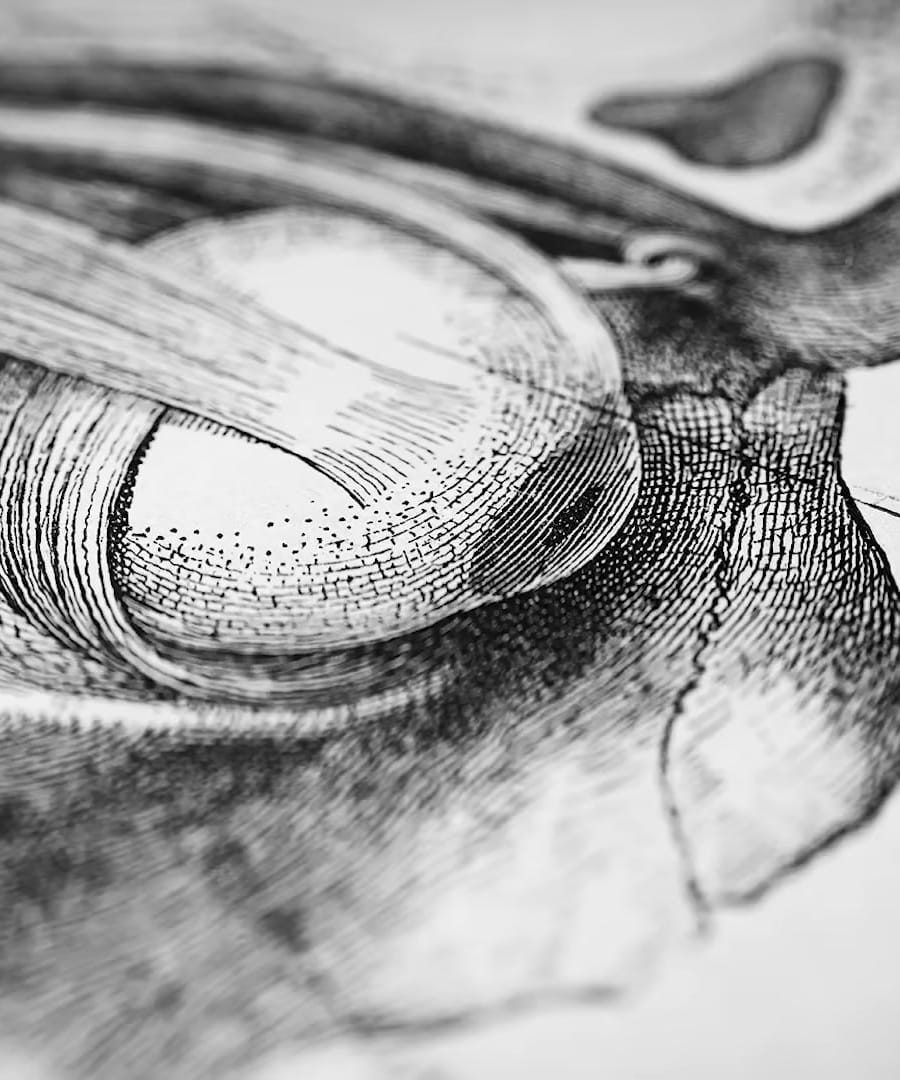Stretching protocols
Sources:
from the provides extensive insights into stretching protocols, focusing on enhancing flexibility, preventing injury, reducing inflammation, and even examining potential impacts on tumor growth 1.
The discussion includes several key points:
- Static Stretching Sets: For improving range of motion without injury, the protocol consists of a few sets of static stretching, holding each stretch for 30 seconds across multiple days to avoid constant stretching throughout the day 2.
- Stretching Frequency: Static stretches should last for 30 seconds and be distributed across five days a week to effectively maintain or improve range of motion 3.
- Flexibility Mechanisms: Flexibility involves neural, muscular, and connective tissue components, with specific mechanisms ensuring protection against overstretching or muscle overload 4.
- Stretching Techniques: Static stretching is emphasized as most effective, yet all forms like ballistic, active, passive, and PNF stretching can improve limb range of motion, with static offering the greatest gains 5.
- Stretching Benefits: Beyond improving flexibility and motion, stretching protocols can induce systemic relaxation and may have implications for inflammation reduction and potential tumor combat, as indicated by animal model studies 6.
- Stretching Logic: Deciding between ballistic or static stretching before activities should be based on individual goals and training context, taking into account Dr. Andy Galpin's recommendations for maximizing safety and performance 7.
Overall, underscores the importance of a well-structured stretching routine, supported by scientific literature, to achieve specific health and athletic goals.
RELATED QUESTIONS
Stretching protocols
- RELATED QUESTIONS






